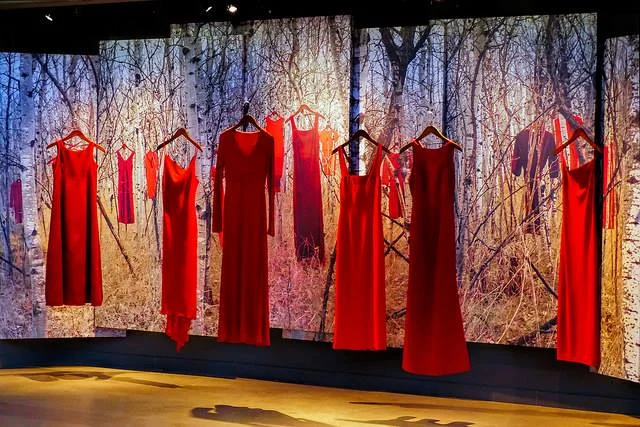I would like to acknowledge the traditional, ancestral territory of the Beaver (Tsa’tinne) First Nation, Dënéndeh (Dene) Nation, and Michif Piyii (Métis) Nation within Treaty 8, in Northeastern British Columbia on which I am working, residing, & raising my daughter.
I feel it’s important to acknowledge the land because growing up here, as a descendant of settlers, I never heard the traditional names of the territories and Indigenous people and their struggles were not acknowledged nor the systems in place that significantly impacted their health and wellbeing.
It is easier to deny Indigenous people their rights if we historicize or deny their struggles. As an ally, I am committed to the struggle against the systems of oppression that have dispossessed Indigenous people of their lands and denied their rights to self-determination.
Go to https://native-land.ca/ to find the Indigenous stewards in your area today.
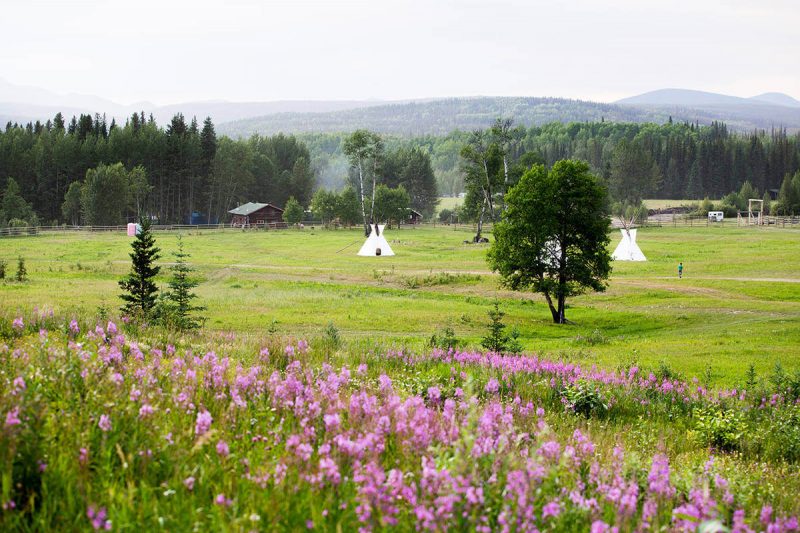
Occupying the region for thousands of years, the earliest recorded history in the area starts in the early 1700’s and is further established with the fur trade beginning in 1786. The fur trade brought a significant shift from hunting with and for the community to hunting to provide goods to the fur trade. This shift proved to be unsustainable and brought about the near extinction of bison in the area.
Cumulative impacts continued from 1858 with the establishment of a permanent white settlement. These impacts included Christianity, disease, gold mining, agriculture, the Indian Act, Treaty 8, and trapline system.
In 1977, the Beaver Band was divided and defined by the Department of Indian Affairs as two separate Nations, the Doig River First Nation and the Blueberry River First Nations. Each Nation was relocated to designated reserve lands.
“The Dane-zaa culture is rooted in dreams, visions, drumming, stories and song, where knowledge is passed on from Elders who collectively hold the history of the community in their oral stories. These stories span creation, the fur trade, the arrival of settlers and missionaries, as well as more recent experiences.“
The traditional languages spoken are Dane-zaa Záágéʔ (Beaver), which which is part of the Athabaskan language family, and Nēhiyawēwin (Cree), which is part of the Algonquian language family.
Signed on June 21, 1899 between Queen Victoria and various Indigenous peoples, Treaty 8 was to preserve Indigenous rights to hunt and trap and to work alongside newcomers in the region. It was also to provide the necessary materials to carry these rights out and included a commitment to transition the Indigenous signatories to the new economy that non-Indigenous settlement would bring.
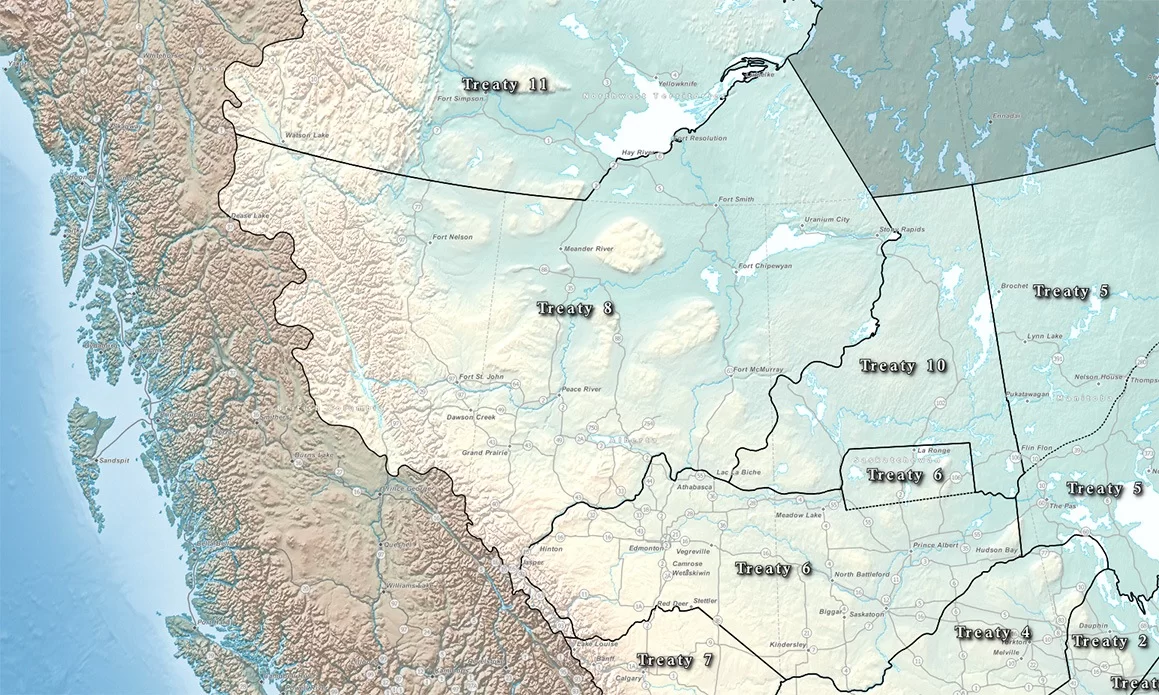
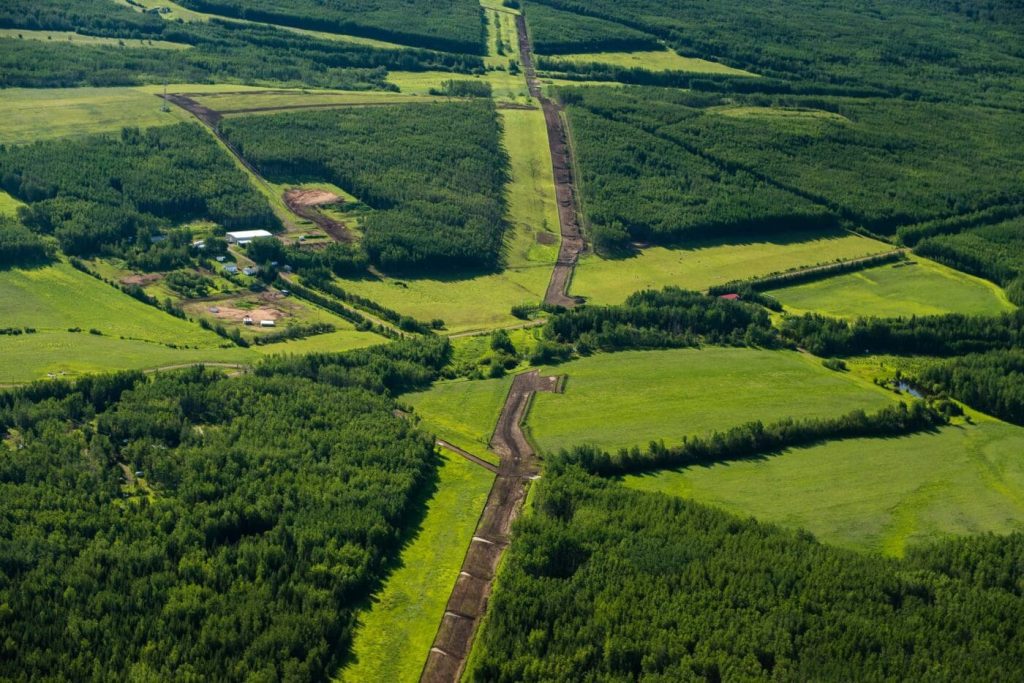
A claim for land promised by the Crown, in Treaty 8, and never received was submitted in 1999, accepted for negotiations in 2004, and finally settled in court in 2022.
The 13,000 acres that was promised was instead opened to settlement and commercial development resulting in a loss of land use by the Beaver Band descendants while the province and industry gained money and resources.
This historic ruling will return this land to the Doig & Blueberry River First Nations and hopefully set Province on a corrected path in consulting with First Nations and considering the cumulative impact of industry on traditional land use.
Check out Where Happiness Dwells for more information.
Sources: Energetic City News; The Narwhal; Alaska Highway News
The Dene, also known as the Athapaskan peoples, have been sustained by the land for tens of thousands of years. They have suffered many of the same cumulative impacts as the Beaver First Nation starting some time prior to 1763.
The Dënéndeh Nation covers a large geographical area from Alaska to the southern tip of North America. The traditional languages spoken are part of the Athabaskan language family and include Chipewyan, Dogrib, Gwich’in, and Slavey.
Sources: Dene Nation; Wikipedia

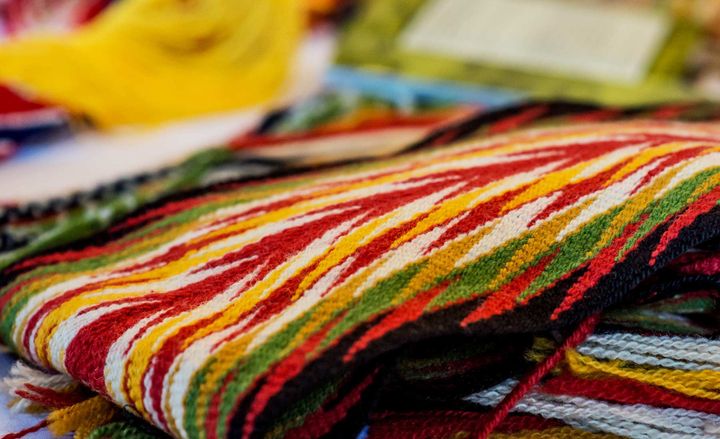
From 1670-1800, the descendants of European fur traders and First Nations women evolved into a distinct people and nation within Canada.
The majority of the Métis settled in Red River and St. Francois Xavier, Manitoba before being pushed out, to western provinces, due to discrimination and the failure of the federal government to uphold land agreements.
The Métis people continued to move West following the dwindling buffalo herds, extending their homelands across Canada.
In 1982 Métis were finally recognized as an Aboriginal people under the Constitution Act. It wasn’t until 2005 that they were recognized as “full-fledged rights-bearing people”.
Today the federal government continues to work with the Manitoba Metis Federation to settle historical Métis land claim and self-government rights.
The Métis culture includes dancing and fiddle music that blends Celtic and French songs.
Sources: Learn Michif; Metis Nation
On June 3, 2019 the National Inquiry published its final report outlining 231 individual Calls for Justice directed at governments, institutions, social service providers, industries, and all Canadians.
In response to the report, the National Action Plan was developed and released in June 2021 with a progress report released in May 2022.
To date little progress has been made as the National Action Plan includes goals, but not implementation. Implementation is meant to fall to an independent national committee which has not yet been formed.
